The city forest park Fichtenwalde in Gumbinnen
Back at the end of the 19th century, in the area where the city forest now extends, called “Gresovsky” by the residents of Gusev, there was a large wasteland that resembled the sandy landscapes of the Baltic or Curonian Spit.
The forest park was created on the outskirts of the city of Gumbinnen thanks to caring people from the "Timber Raftsmen's Guild". They bought a sandy wasteland and, gradually planting it with deciduous and coniferous saplings, transformed the area in a few years. Having concluded an agreement with the Guild, the city only benefited economically and culturally. In the end, the rafters turned the area of waste sandy land given to them into a beautiful forest park, which later became a favorite place for city residents to relax.
On May 12, 1900, the Fichtenwalde forest park (Fichtenwalde - Spruce Forest) was opened. The park had well-kept walking paths, alleys with rest areas, and several cafes.
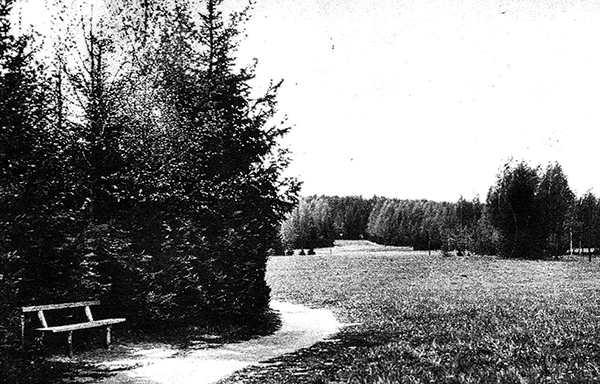
It is worth dwelling a little on the "Timber Rafting Guild" itself. It was founded in 1844. The main goal of the guild was the supply of timber from the Romincka Forest to Gumbinnen and further to Königsberg. Every spring, during the flood, the Guild floated the previously prepared timber down the rivers, which, by the way, heated all the institutions of Gumbinnen. And it was from the Forest that the seedlings for the future Fichtenwalde forest park were delivered. The Guild was dissolved in 1913, with the development of railway communication in the Romincka Forest.
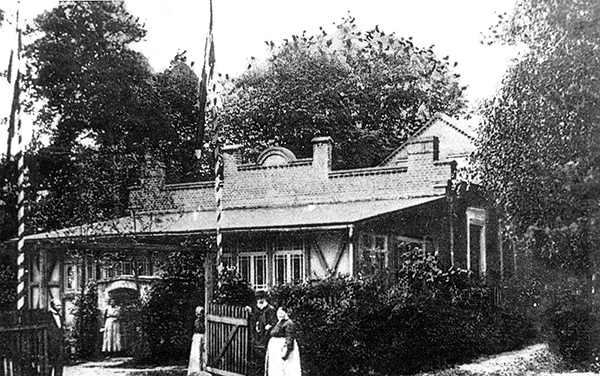
It was to the timber rafters who gave the city a wonderful gift that a monument was erected in the center of the Fichtenwalde Park as a token of gratitude. The monument itself was made of hewn stones, with a black slab installed in the center with the inscription: “This forest was founded in May 1900 by the Timber Rafters’ Guild.” Then there was a list of 14 names of people from the timber rafters’ guild, thanks to whom this park was created. And below were the following words: “The forest is our wealth, take care of it! It is very difficult to grow and very easy to destroy” (these words have not lost their relevance to this day. — admin) .
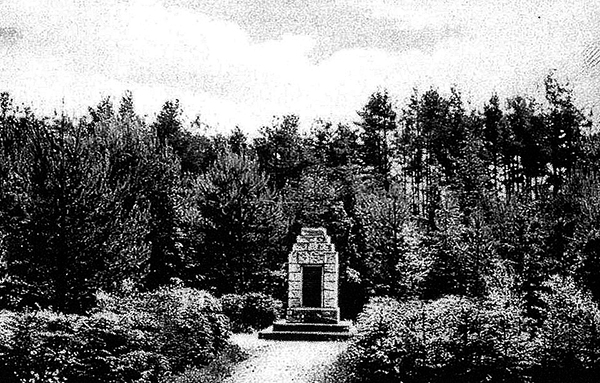
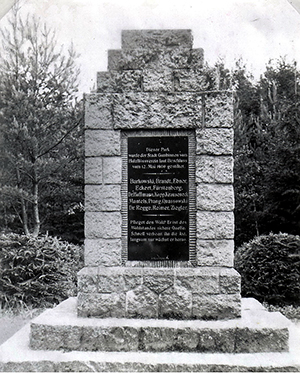
The monument to the rafters survived the Second World War. Already in Soviet times, the sculptor N.P. Tishchenko used it as a pedestal for the monument to the Hero of the Soviet Union Yuri Smirnov, which is now located on the territory of a military unit, on Y. Smirnov Street.
Here is a description of this monument from the book “History of 20th Century Wars in Monuments to Their Participants”:
"On a high pedestal made of hewn stones there is a bust - a half-length image of Yu. V. Smirnov with his hands tied behind his back. On the pedestal there is a memorial plate with the inscription: "Hero of the Soviet Union, Guards Private Smirnov Yu. V. 1925-1944". The bust is made of stone. On both sides of it and along the path leading to the monument, on high pedestals there are 16 busts of Heroes of the Soviet Union who served in the 18th and 26th Rifle Divisions of the 11th Army. The busts are made of metal. The area and path are paved with paving slabs."
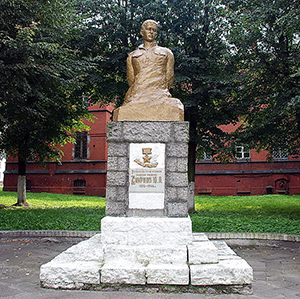
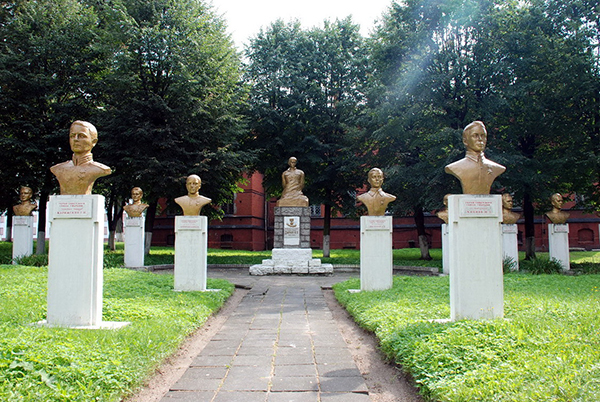
And if earlier (as seen in the pre-war photo) the monument stood surrounded by fir trees, now it stands surrounded by Heroes of the Soviet Union. This is one example of the use of various German monuments and their elements in Soviet reality.
The Fichtenwalde forest park was popular with the residents of Gumbinnen. In the warm season, you could walk along the paths, rest on a bench on the alley or have a snack in one of the cafes, and later sunbathe on the sandy beach in the middle of the forest. In winter, you could also walk along the cleared paths or go skiing.
In the center of the forest park was the only reminder of what this place looked like before the timber rafters had a hand in it. This place was called the "Great Sand Mountain" (Grossen Sandberg) and from the name itself it is clear what it was. The townspeople often came to this mountain as a natural sand beach.
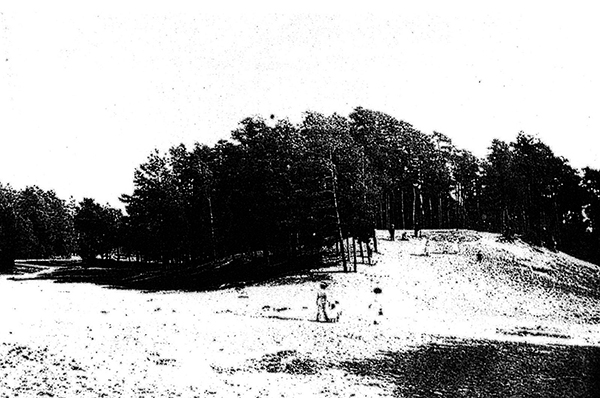
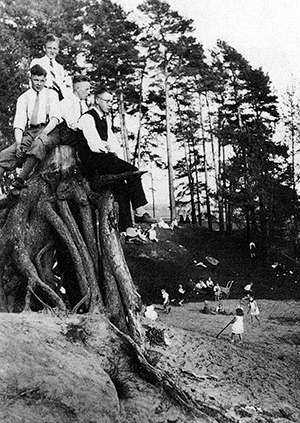
Another attraction of the forest park was the so-called "Great Boulder" (Grosser Findling) - a natural monument left by a retreating glacier millions of years ago. Today, this boulder, somewhat trimmed, decorates the station square in Gusev as a monument to the troops who stormed Gumbinnen in 1945.
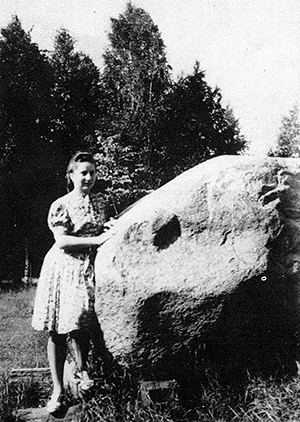
Currently, the place where the monument to the rafters stood is overgrown. There were rumors that there was a grave of a certain "general" in this place, so the former base of the pedestal was excavated. The promenade and alleys have also long been overgrown, there are no traces left of the cafe.
Sources:
Grenz, Rudolf. City and District of Gumbinnen. The state budget is divided into the East European landscaping sector. V. Marburg/Lahn, 1971. Sticklies, Herbert u. Dietrich Goldbeck. Gumbinnen Stadt and Land. 2, unverified notes. 2 Bands. Bielefeld, 1996.
